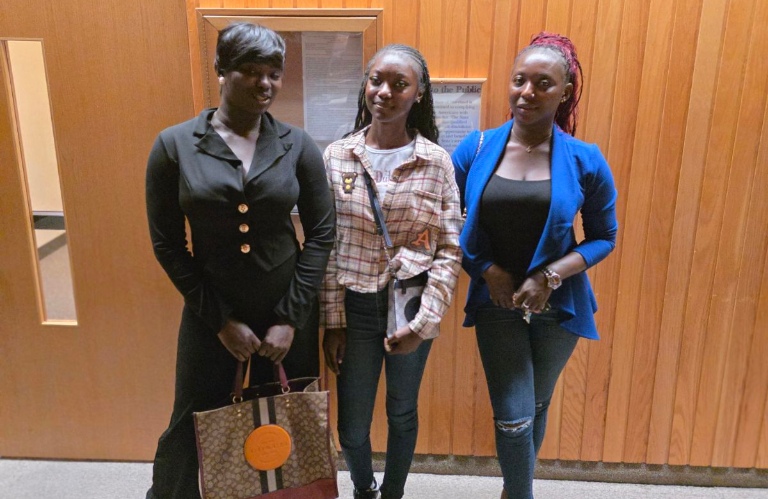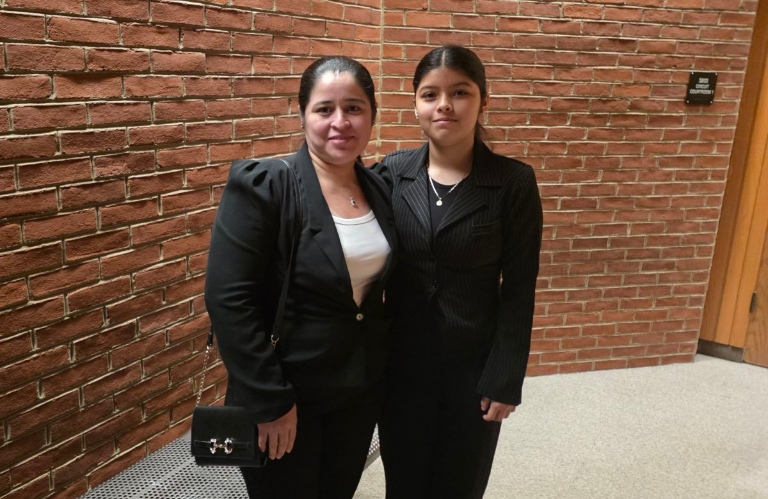
Special Immigrant Juvenile Status (SIJS) continues to be a lifeline for vulnerable immigrant children across the United States. Our law firm has been successful in obtaining court orders that have allowed many of our clients to begin their application to obtain their Special Immigrant Juvenile Status, leading to their green card path.
What is Special Immigrant Juvenile Status?
SIJS is a humanitarian immigration program established by Congress in the Immigration Act of 1990 to protect undocumented children who have suffered abuse, neglect, or abandonment by one or both parents. This status provides a pathway to lawful permanent residency (a green card), offering vulnerable youth the opportunity to remain safely in the United States and eventually pursue citizenship.
The path to this program begins at a local court to determine whether a child should be placed in the custody of the petitioner, who could be one of the child’s parents or a third-party custodian, and it also recognizes that the child should not return to home country as they would be endanger them due to their country’s condition and no one being able to care for the child properly.
Are You Eligible for SIJS?
To qualify for Special Immigrant Juvenile Status, you must meet all of the following requirements:
Age and Marital Status
● Under 21 years old at the time of filing Form I-360 (this means that you must still be under 21 when the application reaches the USCIS offices)
● Unmarried (if previously married, the marriage must be legally terminated or annulled) ● Physically present in the United States (your immigration status doesn’t matter—you can be undocumented, on a visa, or have overstayed)
Court Findings

You must obtain two court orders from a state juvenile or family court that finds you can only be placed under the petitioners custody because:
1. You are dependent on the court or have been placed under the custody of a state agency, department, or individual appointed by the court
2. Reunification with one or both parents is not viable due to abuse, neglect, abandonment, or similar circumstances under state law. Important note: You only need to show this about one parent, not necessarily both
3. It is not in your best interest to return to your home country or your parents’ country of residence
What Counts as Abuse, Neglect, or Abandonment?
State courts interpret these terms under their own state laws, but examples include:
● Physical or emotional abuse by a parent
● Neglect such as failure to provide basic care, food, shelter, or medical attention ● Abandonment when a parent has left the child without support or communication ● Death of a parent that left the child without adequate care
● Domestic violence witnessed by the child, even if not directly targeted at them
The SIJS Process: Step by Step
Step 1: Obtain a State Court Order
Before you can apply for SIJS with immigration authorities, you must first go to a state juvenile or family court. This typically involves:
● Working with an attorney to file a petition in your state’s juvenile or family court ● Demonstrating that you meet the court’s criteria for dependency or custody ● Providing evidence of abuse, neglect, or abandonment
● Receiving a court order with the required findings about your situation
Different states have varying age limits for juvenile court jurisdiction. Some states allow proceedings up to age 21, while others limit jurisdiction to those under 18. It’s crucial to act quickly if you’re approaching these age limits.
Step 2: File Form I-360 with USCIS
Once the court has signed and has provided you with both court orders, you can now file the Form I-360 (Petition for Amerasian, Widow(er), or Special Immigrant) with U.S. Citizenship and Immigration Services. What you should include in your I-360 application:
● Completed Form I-360
● A copy of your birth certificate or other proof of age
● The juvenile court order with all required findings
● Written consent from the Department of Health and Human Services or Office of Refugee Resettlement (if applicable)
Critical timing: You must file Form I-360 before your 21st birthday. If you’re within two weeks of turning 21, contact USCIS immediately to request an expedited in-person filing appointment.
There is no filing fee for Form I-360 when applying for SIJS.

Step 3: USCIS Review and Approval
After filing, USCIS will review your petition. The agency generally defers to the state court’s findings on matters of state law and focuses on whether you meet federal SIJS requirements. Processing times vary but typically range from several months to over a year.
With approval rates between 90-95%, most applicants who meet the criteria and provide strong evidence receive approval. However, current processing backlogs mean patience is essential.
Step 4: Apply for Your Green Card (Form I-485)
Once your I-360 petition is approved, you can apply for adjustment of status to become a lawful permanent resident by filing Form I-485. SIJS falls under the EB-4 employment-based fourth preference category for special immigrants. However, keep in mind that applying for lawful permanent residency can take a few years as it depends on the date of your I-360 filing date and your country of citizenship.
Concurrent filing: If an immigrant visa is immediately available in the EB-4 category, you may file Forms I-360 and I-485 together. However, USCIS processes them sequentially, approving the I-360 first.
The I-485 application requires:
● Completed Form I-485
● Copy of your approved Form I-360
● Medical examination (Form I-693)
● Passport photos
● Evidence of lawful entry (if applicable)
● Police and court records (if applicable)
● Filing fees
Important 2025 Policy Change
As of June 2025, USCIS changed its policy regarding protections while waiting for a green card. Previously, approved SIJS petitioners automatically received deferred action (protection from deportation) and work authorization while awaiting visa availability. This is no longer automatic—you must now request these protections separately, and they are not guaranteed.
Important Limitations to Consider

While SIJS offers tremendous benefits, there are some permanent restrictions:
● Cannot sponsor parents: You will never be able to petition for immigration benefits for either parent, even the non-abusive parent
● Limited sibling sponsorship: You cannot sponsor siblings until you become a U.S. citizen (you cannot sponsor them while in permanent resident status)
The total timeline from starting the court process to receiving a green card typically ranges from 2-4 years.
Take Action Today
If you’re an undocumented youth under 21 who has experienced abuse, neglect, or abandonment by a parent, don’t wait. Time is critical, especially as you approach age 21.
The 90-95% approval rate shows that when applicants meet the requirements and present strong cases, USCIS recognizes their need for protection. With over 70,000 children gaining SIJS approval in 2024 alone, this program continues to fulfill its humanitarian mission.
Your journey to safety and stability can begin with a single step: consulting with a qualified immigration attorney who understands SIJS. They can evaluate your unique situation, explain your state’s specific requirements, and guide you through each phase of the process toward your green card and the secure future you deserve.


